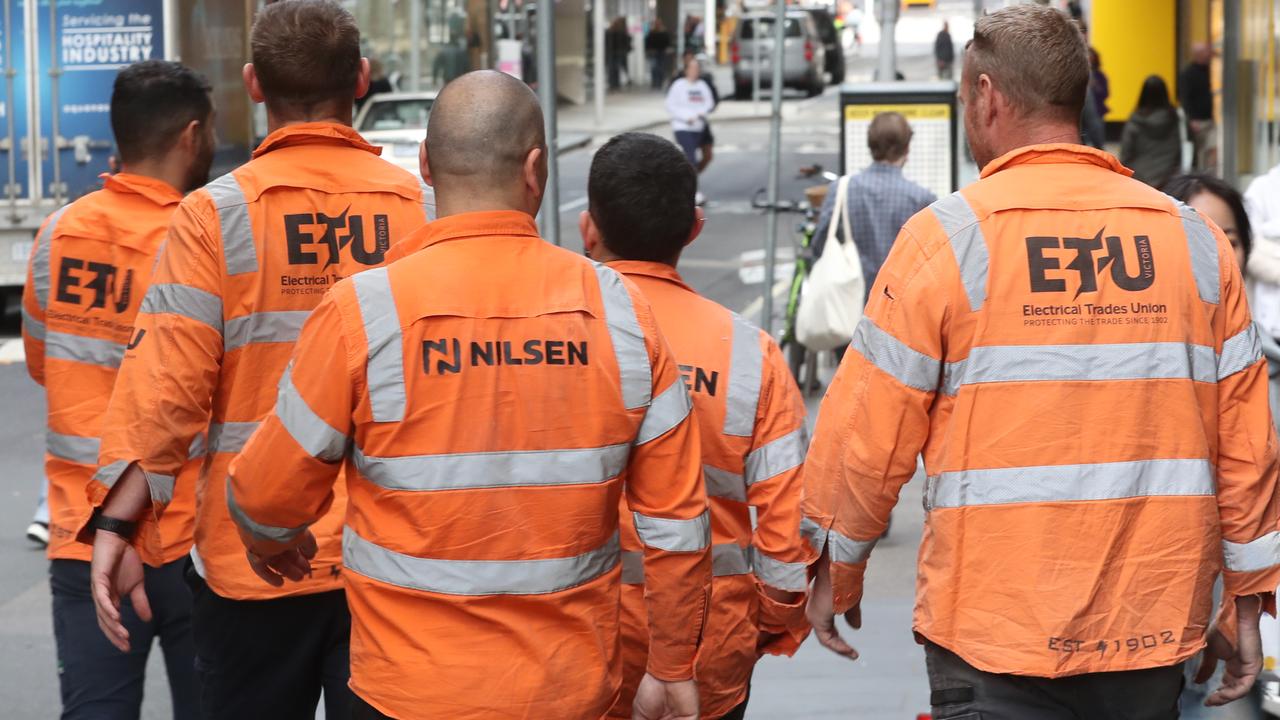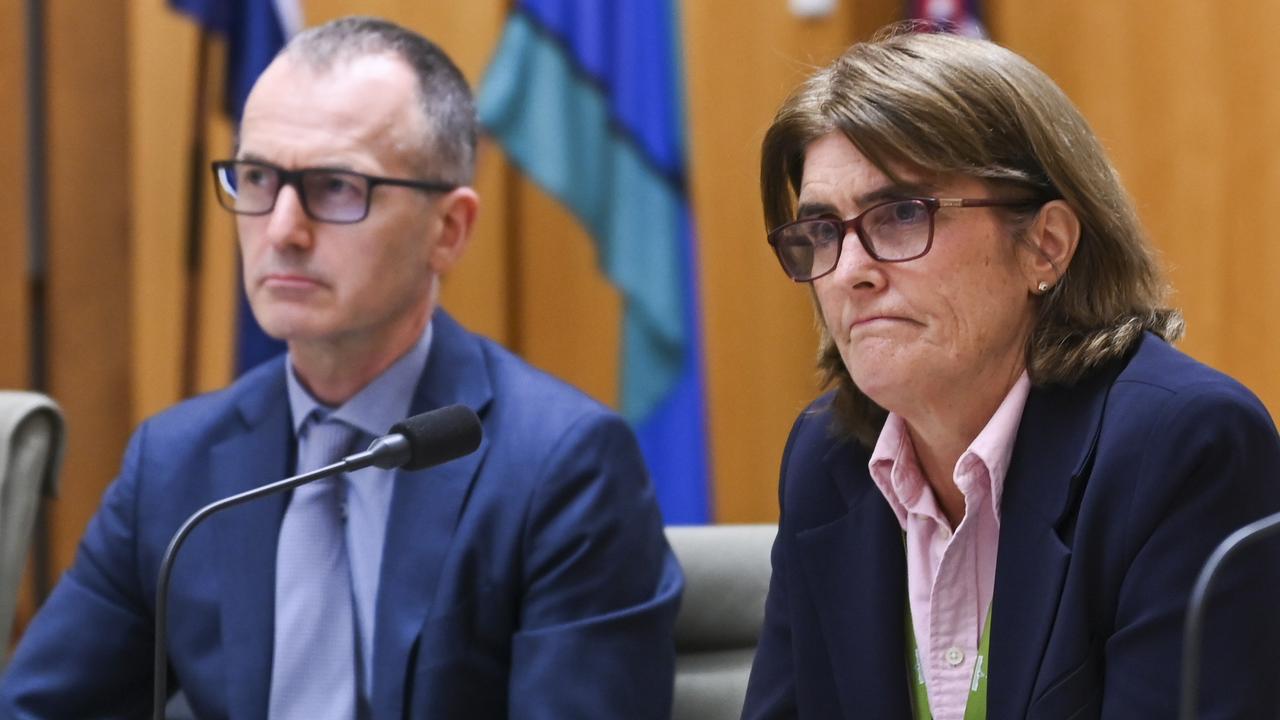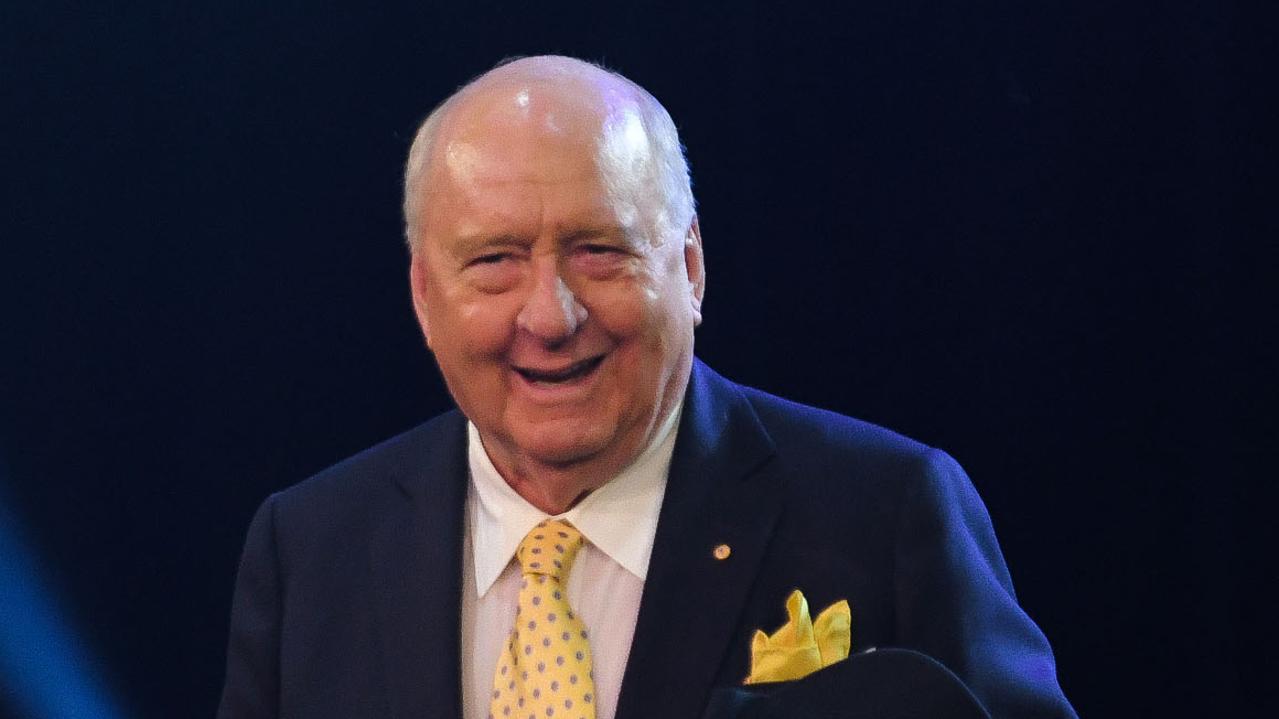Ten shilling bank note that’s worth $1 million
FORGET Monopoly money. This early Australian bank note is completely legit, and it’s worth a tidy $1 million.
TUCKED away inside an envelope gathering dust in a pile of old papers, this piece of monetary history could have ended up in the scrap heap.
But the 103-year-old banknote, discovered among the possessions of the late Judith Denman, is valued at a staggering $1 million.
While its inflation value is a mere $58.43, as Australia’s first ever 10 shilling note banknote is worth substantially more thanks to its appeal to collectors.
Its current owner, a Melbourne businessman who snapped it up for $1 million in 2014, has allowed it to be transported interstate for this weekend’s Sydney Money Expo, after which it will be returned to its usual home: a bank vault.
Ms Denman, who passed away in 1987, was the daughter of former Governor-General Lord Thomas Denman.
She was just a little girl when she was invited to do the honour of handpressing the note with serial number 000001, in a ceremony held at the King’s Warehouse in Flinders Street, Melbourne on May 1, 1913.
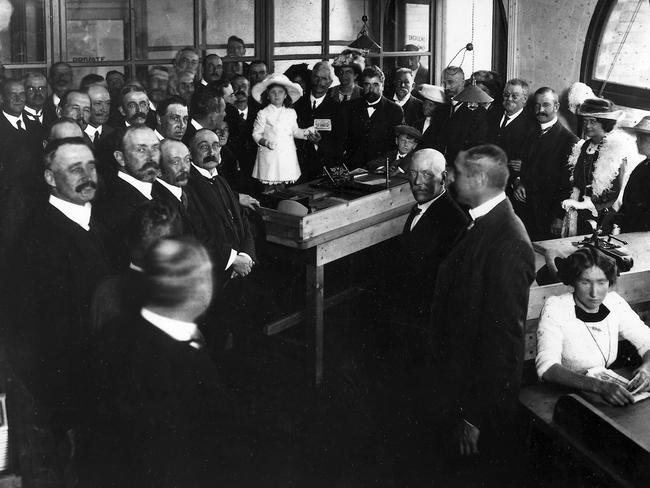
The note was then officially presented to the five-year-old by then Prime Minister Andrew Fisher as a memento of the occasion.
The Denman family returned to England in 1914 and Australia’s first ever Commonwealth banknote went with them.
It was not until 12 years after her death that the note was discovered among Ms Denman’s possessions, marked “Judith’s 10/- Note May 1st 1913”.
The note will be on display at the Sydney Money Expo in a specially manufactured, high security showcase that allows people to get a close-up look and take photographs with it.
Belinda Downie, president of the Australasian Numismatics Dealers Association, said the note was “a priceless part of Australia’s heritage”.
“It survives today in pristine condition as the nation’s greatest financial legacy, a symbol of Australia’s emergence as a nation,” Ms Downie said.
The note’s owner “believes the public deserve a chance to see it,” she said. “As it’s the Commonwealth of Australia’s first ever banknote, the item is unique. It can never be replaced.”
DIY CURRENCY: THE HOLEY DOLLAR
Also on display will be the $450,000 Madrid Holey Dollar, a coin that traces its origins back to Lachlan Macquarie’s reign as governor of the New South Wales colony between 1810 and 1821.
At that time, the colony was in the grips of a currency crisis so dire that Macquarie had to buy his own house with 200 gallons of rum — unsustainable in a fast growing colony.
He imported 40,000 Spanish silver dollars in a bid to resolve the problem, but quickly realised this would be futile unless he came up with a way to prevent their export.
With the help of emancipated convict William Henshall, Macquarie came up with a brilliant solution, ordering that each coin be transformed into two by punching a hole in the centre of each silver dollar, thus creating the nation’s first domestic coin.
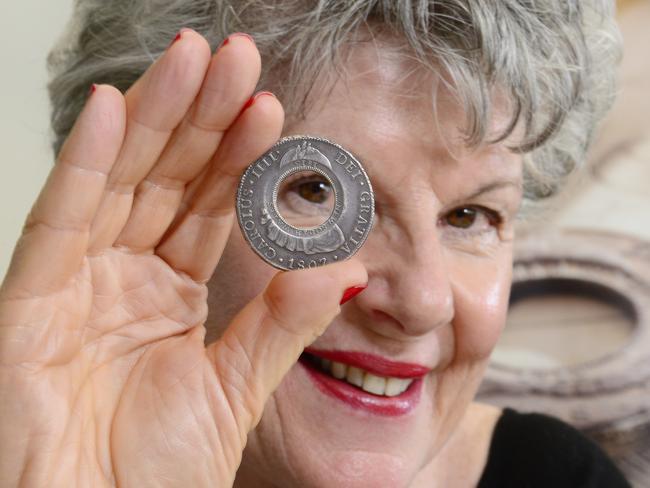
The outer ring was restamped and became the 1813 Holey Dollar, with a value of five shillings, while the small inner disc became the Dump with a lesser value of 15 pence. This increased the total value of the colony’s silver dollars by 25 per cent.
By 1829, most of the coins had been exchanged for legal tender as the Holey Dollar was taken out of circulation.
Most where melted down into bullion, with those that survived going into the collections of banks and wealthy colonists.
The Madrid Holey Dollar is revered for its pristine condition, as the only privately held Holey Dollar to be struck from a Silver Dollar that was minted in Spain.
Macquarie’s imported coins came from mints in Spanish colonies around the world, including Mexico, Peru, Bolivia, Spain, Guatemala, Chile and Colombia. Only those made in Spain carried the Crowned M mintmark.
SPARE CHANGE
The Sydney Money Expo expo will be held at the Lower Sydney Town Hall on Druitt St in the CBD on October 15 and 16.
Members of the public can bring along their own rare coins and banknotes for a free valuation.
While it’s unlikely you’ll find a $1 million note under the coach, it’s worth looking out for any vintage currency that may be in the family. A top quality 1972 five cent coin sells today for $40, while a more worn-out one can fetch $10.
Entry is by gold coin donation — just be careful not to accidentally tip in your potentially valuable historical find.


